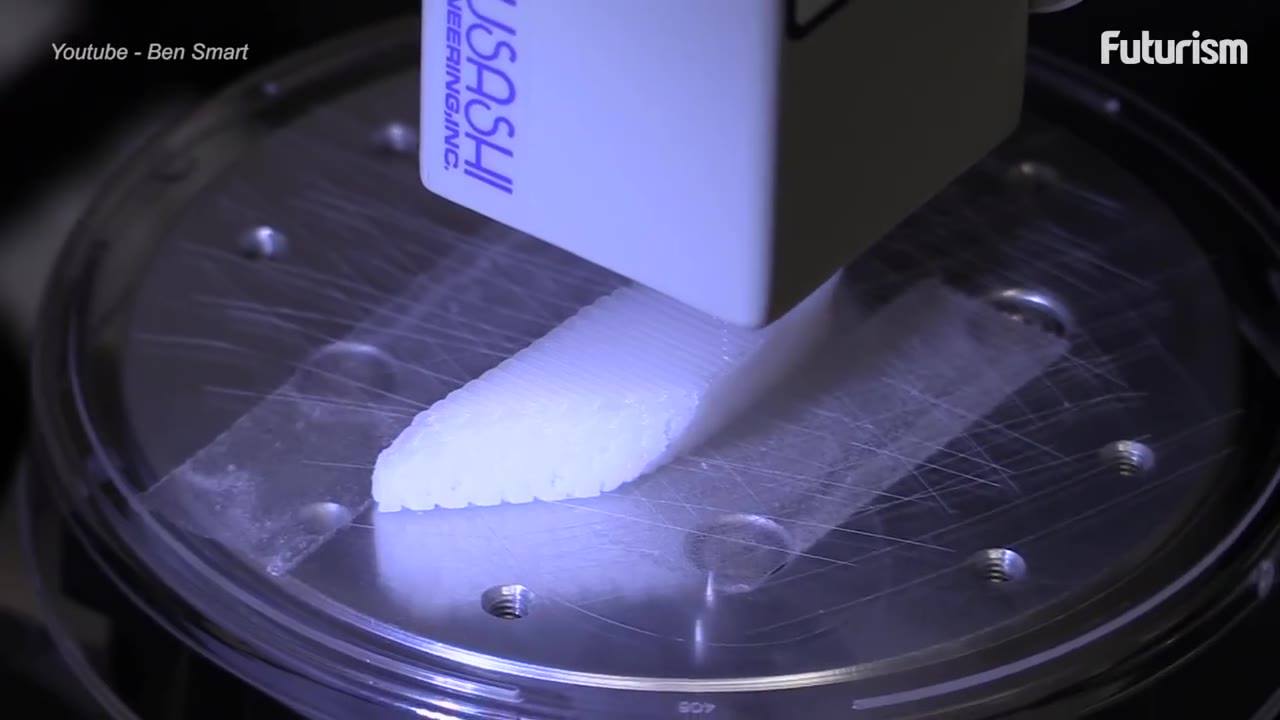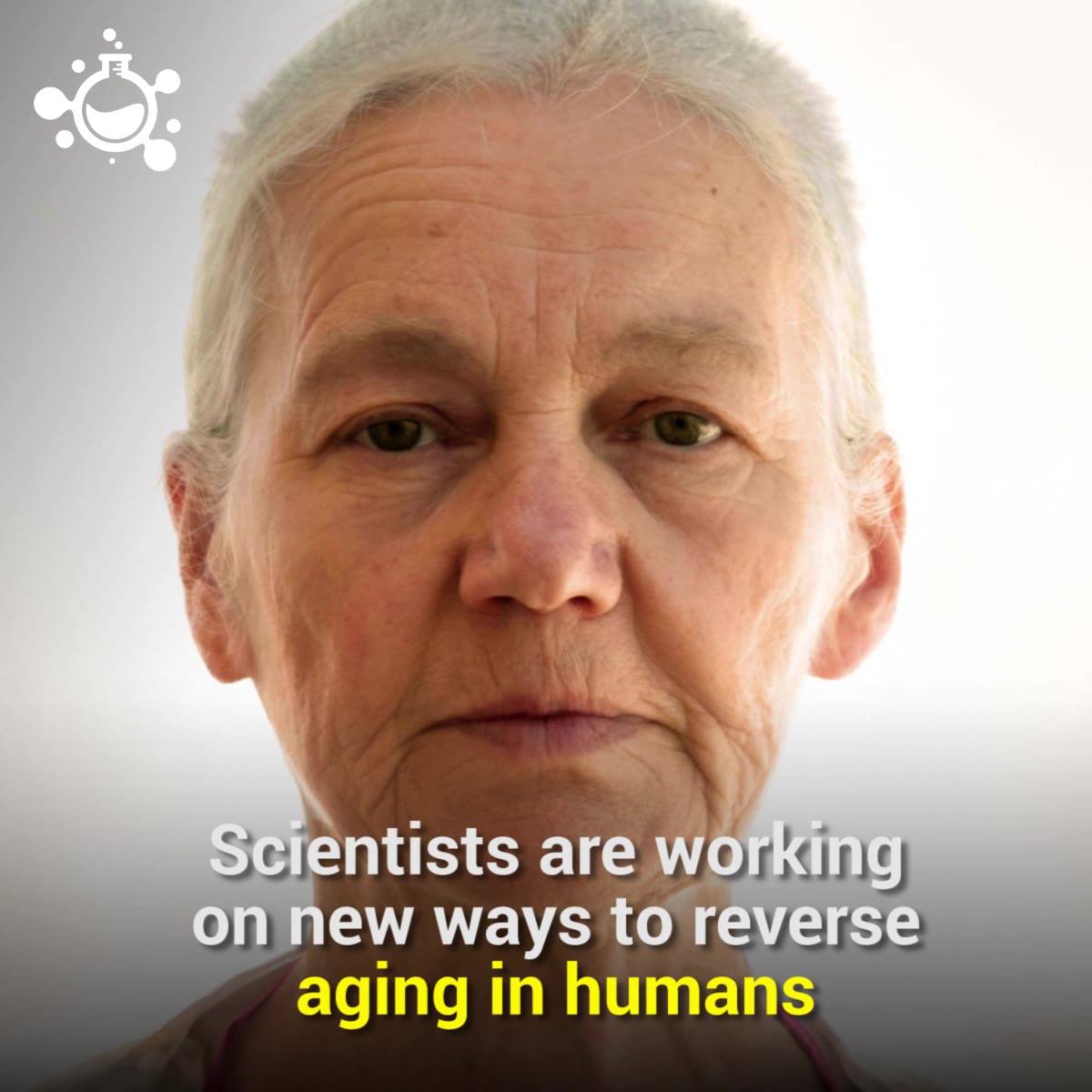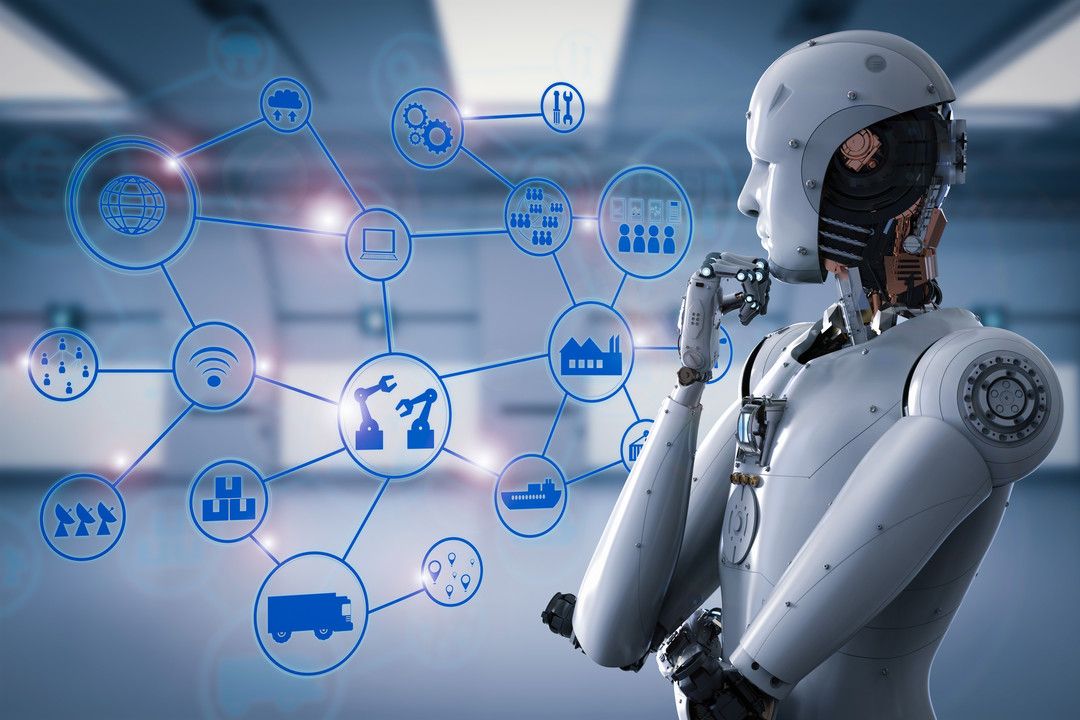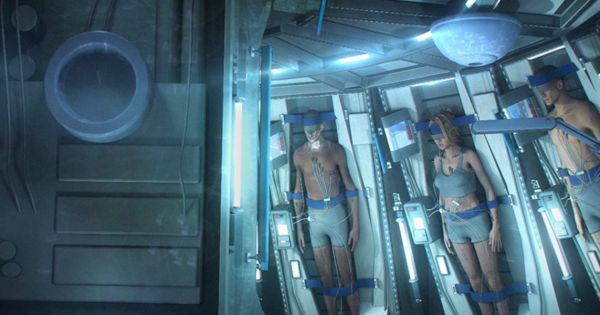Page 9791
May 9, 2018
Elon Musk’s Vision For The Future Of Public Transport
Posted by Shailesh Prasad in categories: Elon Musk, transportation
May 9, 2018
Flying first class in Emirates’ new Boeing 777-300ER cabin
Posted by Shailesh Prasad in category: space
Click on photo to start video.
Inside Emirates’ new first class suites with virtual windows and NASA-inspired seats.
May 9, 2018
3D Printing Living Tissue Structures
Posted by Shailesh Prasad in categories: 3D printing, biotech/medical
May 9, 2018
The Fourth Industrial Revolution is Here!
Posted by Peter Morgan in categories: biotech/medical, economics, education, employment, government, information science, law, mathematics, robotics/AI
So much talk about AI and robots taking our jobs. Well, guess what, it’s already happening and the rate of change will only increase. I estimate that about 5% of jobs have been automated — both blue collar manufacturing jobs, as well as, this time, low-level white collar jobs — think back office, paralegals, etc. There’s a thing called RPA, or Robot Process Automation, which is hollowing out back office jobs at an alarming rate, using rules based algorithms and expert systems. This will rapidly change with the introduction of deep learning algorithms into these “robot automation” systems, making them intelligent, capable of making intuitive decisions and therefore replacing more highly skilled and creative jobs. So if we’re on an exponential curve, and we’ve managed to automate around 5% of jobs in the past six years, say, and the doubling is every two years, that means by 2030, almost all jobs will be automated. Remember, the exponential math means 1, 2, 4, 8, 16, 32, 64, 100%, with the doubling every two years.
We are definitely going to need a basic income to prevent people (doctors, lawyers, drivers, teachers, scientists, manufacturers, craftsmen) from going homeless once their jobs are automated away. This will need to be worked out at the government level — the sooner the better, because exponentials have a habit of creeping up on people and then surprising society with the intensity and rapidity of the disruptive change they bring. I’m confident that humanity can and will rise to the challenges ahead, and it is well to remember that economics is driven by technology, not the other way around. Education, as usual, is definitely the key to meeting these challenges head on and in a fully informed way. My only concern is when governments will actually start taking this situation seriously enough to start taking bold action. There certainly is no time like the present.
May 8, 2018
This ‘Star Wars’ AR game Is Making Lightsaber Duels Real
Posted by Shailesh Prasad in categories: augmented reality, weapons
May 8, 2018
A Real Life “Hibernation Chamber” is Being Made For Deep Space Travel
Posted by Shailesh Prasad in category: space travel
Manned, long-term, deep space missions are an exciting prospect, but one that remains in the realm of distant possibilities–particularly because we don’t have all the technological innovations needed to make it happen.
One major consideration is the time it takes to reach the destination. Mars, which is at the top of various space programs’ go-to destinations for manned missions, is about six months if travel time away from Earth. If we wanted to explore even further, keep in mind that New Horizons, the fastest spacecraft to leave Earth, took nine and a half years to reach Pluto.
Science fiction conveniently sidesteps this challenge by putting the space explorers into deep sleep–a state of suspended animation. But slowing the human metabolism down while ensuring that a person will stay alive for extended periods is a lot easier said than done.
Continue reading “A Real Life ‘Hibernation Chamber’ is Being Made For Deep Space Travel” »
May 8, 2018
Astronomers stumble on what may be “toddler” exoplanet
Posted by Genevieve Klien in category: space
An international team of astronomers led by Leiden University has discovered what may be a “toddler” exoplanet. Orbiting a young binary star system called CS Cha about 538 light years from Earth in the constellation of Chameleon, the object may be less than two million years old and is still growing thanks to the dust disc that it inhabits.
Astronomical discoveries aren’t always eureka moments. Because telescopes are essentially gigantic cameras that spend their careers snapping pictures of the heavens, there’s always a huge library of images to be gone over years or even decades after they were taken.
Such is the case of the Leiden team who were studying CS Cha and its dust disc using the Spectro-Polarimetric High-contrast Exoplanet REsearch instrument (SPHERE) on the European Very Large Telescope in Chile. At only about two or three million years old, the T Tauri-type binary star system is very young and consists of two very small stars less than 30.6 AU (4.6 billion km, 2.8 billion miles) apart. These stars orbit a common center of gravity, and are surrounded by a disc of dust and gas about 55 AU across.
May 8, 2018
Google’s New AI Feature Sounds Like A Real Human And OMG Why Is The Future So Creepy?
Posted by Shane Hinshaw in categories: futurism, robotics/AI
Google just demoed a 100% natural-sounding AI that scheduled an appointment with a live human on the phone who didn’t know she was talking to a machine.


















